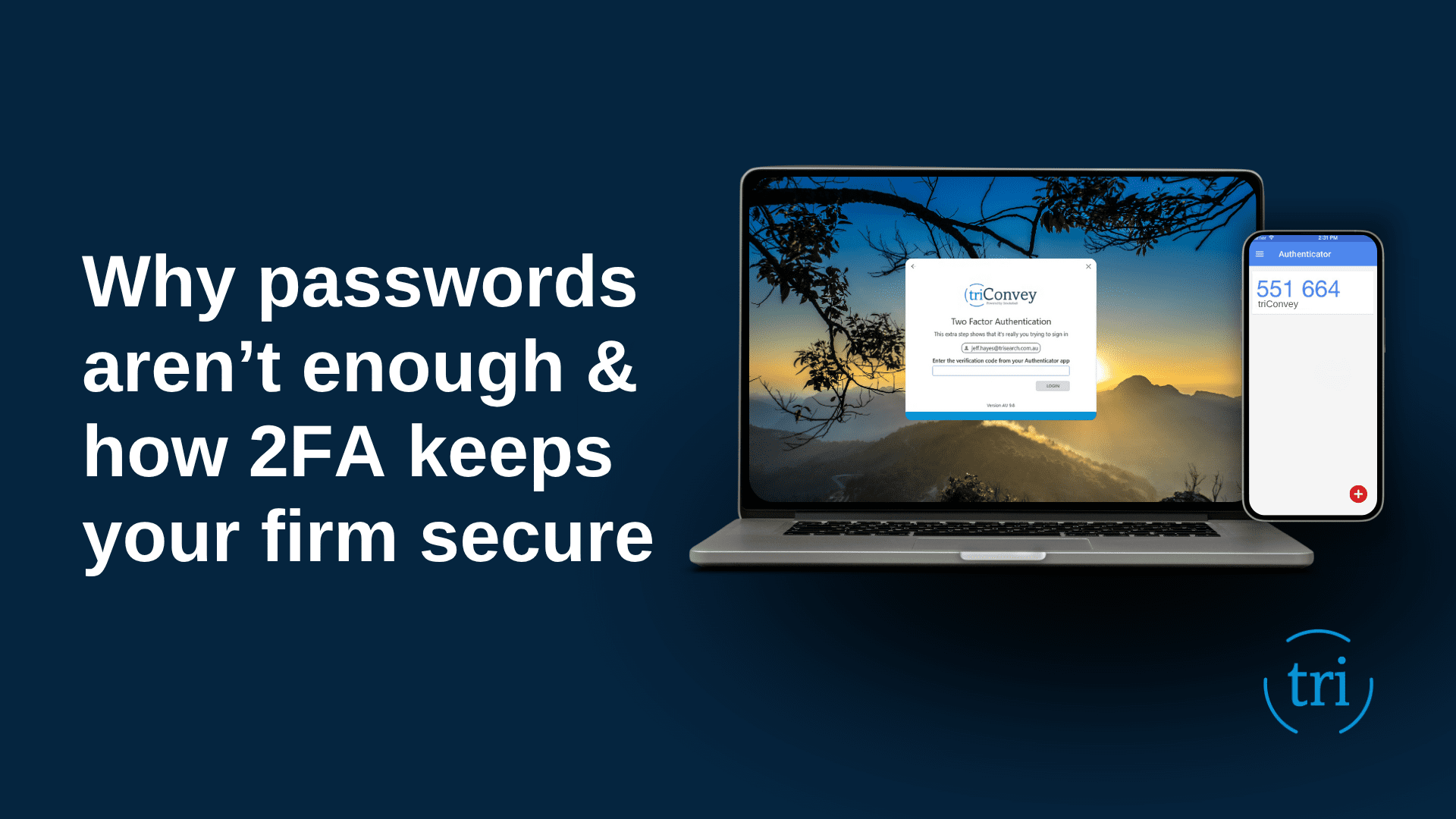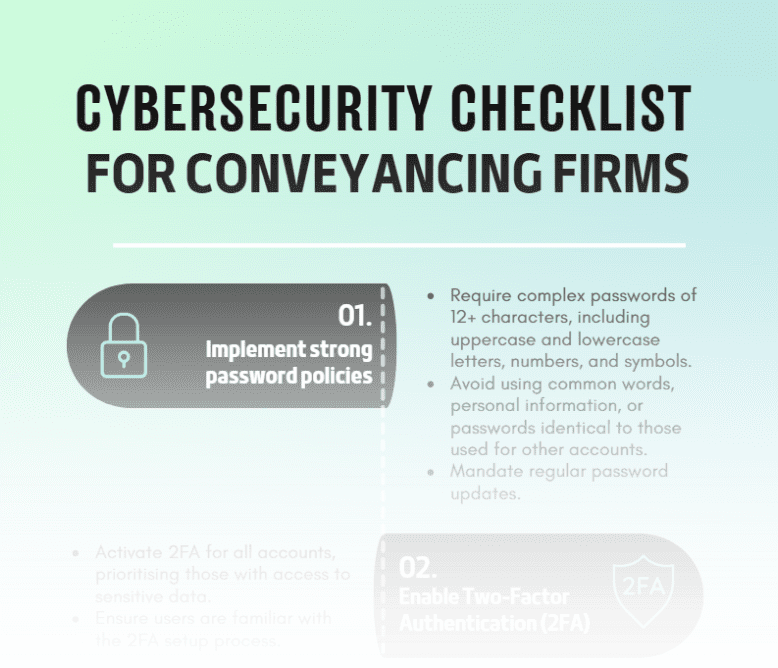There are many time management strategies to help you remain productive and efficient as a conveyancing sole practitioner or small business owner.
For conveyancing businesses, a few specific management approaches can be the difference maker in not getting bogged down in administration and reaching settlement with minimal errors along the way.
1. 60/20/20 approach
The first strategy used by many business owners, is the 60/20/20 approach.
While you might tick off a lot of tasks in each day by working to 100 per cent of your capacity for direct conveyancing, you will no doubt neglect the management of your business, whether it be invoicing, networking or strategic thinking.
South San Diego SBDC Business Advisor, Shawn Lynam, believes that rather using a “whack-a-mole” method of knocking out tasks in repetitive fashion, you should be using 60 per cent of your time to proactively focus on tasks that add value to your business which cannot be done by others.
He explained that the other 40 per cent of time should be divided into two categories:
20 per cent on planning: Planning is dedicating time to resources and schedules for the operation of the business
20 on strategic thinking: Strategising is time evaluating how you can improve your business performance, your customer experience, or your profit model.
2. Time management matrix
The second time management strategy for conveyancers is the Covey Time Management Matrix, created by Steven Covey, author of The Seven Habits of Highly Effective People.
The approach is built on assigning four levels of urgency to all your jobs to tackle each at a different level of importance, these include:
- Urgent and important tasks.
- Not urgent but important tasks.
- Urgent but not important tasks.
- Not urgent and not important tasks.
Using this method, you can prioritise ordering searches in time, getting any settlement adjustments done, finishing invoicing and billing, or just general business growth strategies.
3. Eliminate distractions
Finally, eliminating simple distractions can be an effective time management strategy. This is especially important recently, with the industry placing more importance on paperless conveyancing, coupled with the advancement of technology allowing practitioners to work remotely.
It’s no secret that working from home can have its advantages, however, it can also come with new distractions. The first step in reducing distractions is to figure out what tends to distract you.
Is it your personal phone being too close, a pet which is a little on the needy side, family at home or not having a designated private work space? All of which when added together, can spell for a very unproductive day.
Once you know your triggers, you can then take action to reduce them, or eliminate them completely. For example:
- Turn your personal device off or on aeroplane mode during certain business hours.
- Use headphones to drown out background noise.
After reducing your distractions, you can focus on completing your workload on time, and to the best standards.
Introducing time management strategies can be instrumental to the success of your business. It will help it run smoothly and prevent errors like missing important settlement deadlines. Another important aspect of conveyancing to help with your time management, could be employing conveyancing software to help with data storage, searches, and electronic workflows.
triSearch National Sales Manager, Mitchell Burge, recently delivered an educational session on how turning your conveyancing practice paperless can help improve your business efficiencies. The session is free to watch and on-demand, simply download the triConvey Information Session: Paperless Conveyancing Made Practical webinar now.






